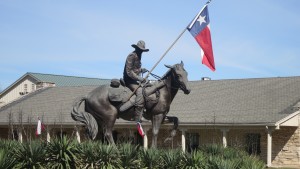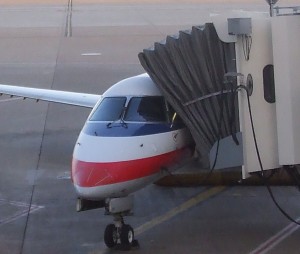KN, p. 162 “Fan Favorites of 2015”
Kerrian’s Notebook readership was up again in 2015! Double wahoo!! More than ever, it seems as if readers and professional writers that follow the Notebook most enjoy learning about the nuts and bolts of crime as well as the crime fighters that take care of the bad guys.
The Top Ten favorites from 2015 are listed in reverse order. Click on the title to read that post.
Did your fave post of the year make the list? Let us know in the comment section below.
- “Irish Brown Bread” (p. 139) Tasty, easy, and taste-tested by us.
- “Murder at the Conference” (p. 154) Nefarious? Why, yes!
- “Could you be a detective?” (p. 134) Do you have what it takes?
- “Could you be a sniper?” (p. 135) It’s harder than just being a crack shot.
- “What does the TSA really do?” (p. 137) It’s more than baggage handling.
- “Is that a body under the deck?” (p. 148) The snakes were bummed that their own post (“About the snakes..”) didn’t make the Top Ten, but promised to keep the slithering to a minimum when they saw they had a mention in this post that did make the cut.
- “Who are the Texas Rangers?” (p. 144) Many, many thanks to the Johnsons for their valuable insights, and years of service to the great State of Texas.
- “What does a Texas Ranger do?” (p. 145) Soooooo much!
- “What poisons were in Agatha Christie’s books?” (p. 133) Christie is a perennial favorite of mystery readers around the world and the poisons she used to dispatch many of the victims in her books were well researched.
- “How to Become a Texas Ranger” (p. 146) Apparently, there are either a LOT of people that are curious about the qualifications for becoming a Texas Ranger, or there will be a ton of books with Rangers as the featured characters published in the future. This post was read by more people than any other Top Ten Kerrian’s Notebook post in previous years.
To all the Kerrian’s Notebook readers all over the globe:
Your comments, reactions and enthusiastic participation through Facebook, Twitter, Google+, emails and on the site itself, mean the world.
Many thanks for continuing to follow us as we travel around the country doing research, collecting odd stories and sharing weird facts about fires, EMS scenes, crime, and the people charged with helping the community when bad things happen.
Kerrian’s Notebook fans are the best on the planet!
*Photo taken by Patti Phillips at the Texas Ranger Museum in Waco, Texas.
KN, p. 162 “Fan Favorites of 2015” Read More »


